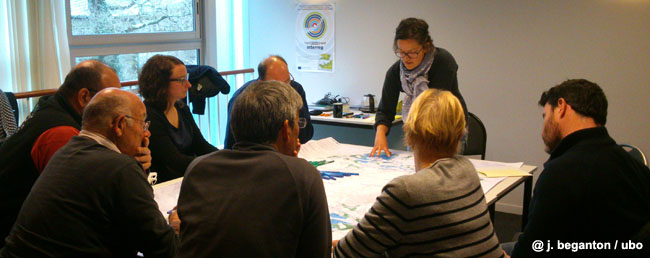2.1.3 Stakeholder engagement

Stakeholder engagement can take a number of forms, including providing information to them, requesting that they share data and knowledge, or through their active participation throughout the project. Social science has developed methodologies and tools for engaging with stakeholders, and the best practice should be applied. When ecosystem services assessment is carried out for a research project, it should be clear when the research project is expected to feed existing stakeholder forums and when stakeholder groups must be convened in the context of the research project.
The identification of relationships between stakeholders is a good way to understand their individual positions and strategies for action.
It is important for the partnership to define the stakeholders to involve, the degree of their participation (e.g. number of meetings) and the way in which they are involved (information, debate, decision, action…). At the same time it is important to identify key stakeholders and organisations, legal and policy provisions, management measures, and existing or potential conflicts.
Therefore identifying the governance context, the individual goals / interests and the existing or potential conflict are useful ways to recruit and engage stakeholders. It is useful to have a global vision and a good understanding of the effectiveness of the governance arrangements and issues that could be addressed and influenced by Ecosystem Service Assessment.

This task is very important for the scenario building process and also for developing action plans if relevant in the context. Indeed, if the scenarios are dealing with management options, their feasibility depends on the governance process.
Scenario exercises are more effective when key stakeholders and policy-makers are involved.
Scenario exercises can also help to build working relationships with key individuals and raise stakeholder’s awareness and knowledge of management issues and options for the future. These benefits are in addition to the formal outputs generated at the end of the scenario building process.

